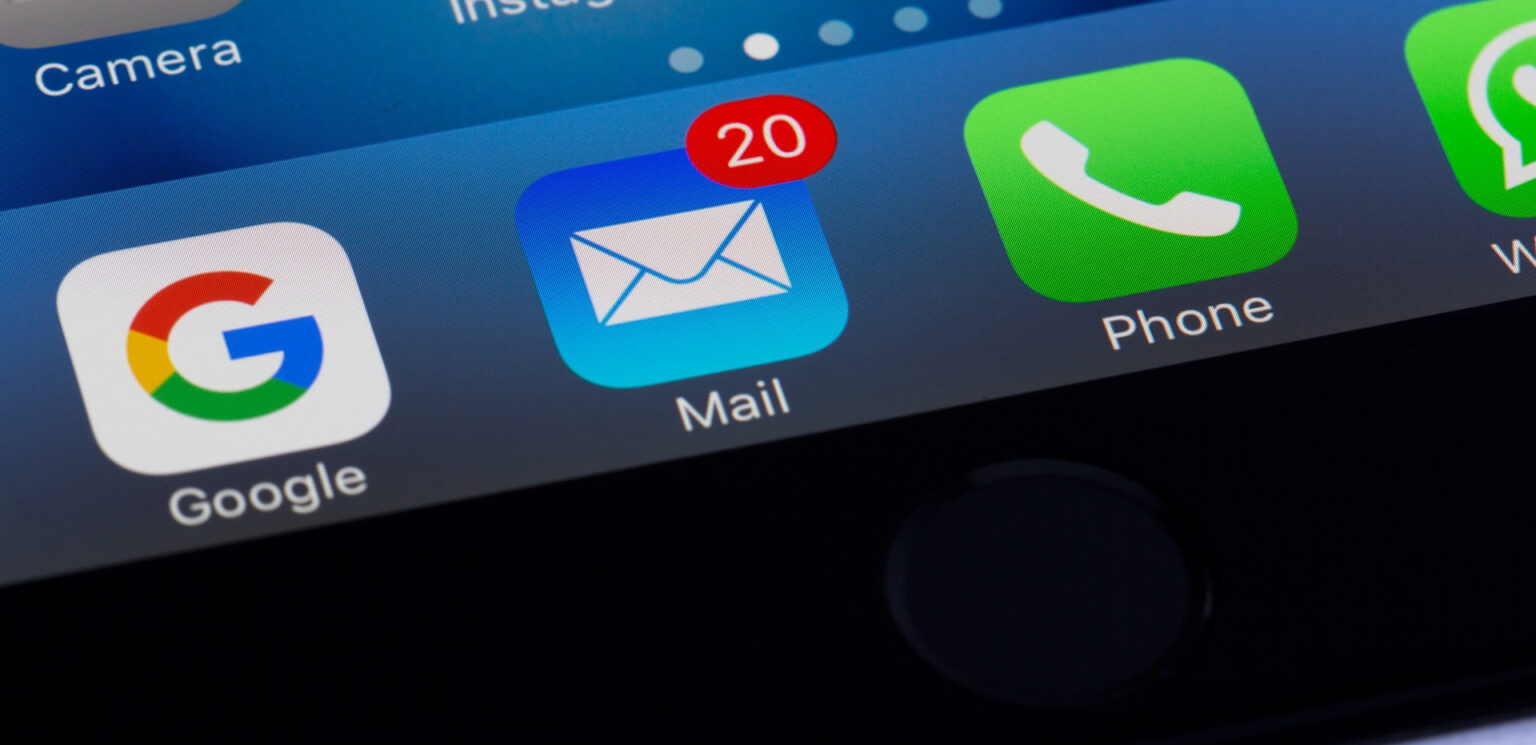You might have heard of the term “sideloading” if you like to download lots of apps. What does this term mean, and what implications does it have for your smartphone?
Let’s review what it means to sideload and how different platforms handle this. We’ll also consider a recent EU law that could affect this behavior in the future.
Sideloading’s Broad Meaning
Sideloading has two separate meanings, depending on the circumstance. They both refer to the same practice generally, but one is more specific.
In general, sideloading refers to moving files between two devices on the same network. Its name contrasts with “downloading” (moving files from a remote server to your own device) and “uploading” (moving files from your computer to another one on the internet).
For example, say you download an album in MP3 format from Amazon and want to put it on your phone to listen on the go. It’s easy to connect your phone to your computer and transfer the music to your mobile device. This is known as sideloading because you’re not uploading or downloading; you’re moving files “from side to side” on two devices you own.

It’s not just music you can sideload. Any file that you move between devices in this way—like videos, audiobooks, ringtones, and photos—counts as sideloading. A lot of the time these days, sideloading in this way isn’t necessary because we use streaming services that make media available on every device.
Sideloading Apps
While most people have performed the above sideloading process to move music to an MP3 player or similar, you likely didn’t call it by this name. Today, “sideloading” usually refers to the practice of installing an app from outside the official app store for your platform.
Since desktop platforms like Windows and macOS allow you to install apps from almost anywhere, you’ll often hear “sideloading” used in the context of Android and iPhone.
On Android, the Google Play Store is the official source for apps. But you can download an APK file, which is the file type Android uses for its apps, from elsewhere online and manually install it on your phone. You need to enable a hidden option to do this, and your phone will warn you that installing apps from outside sources opens your device to more risk. We’ll cover this in a moment.
Apple is much more restrictive with iOS and iPadOS, the OSes that power the iPhone and iPad respectively. Officially, you cannot install apps from outside Apple’s App Store. There are a few ways to install other apps, such as Apple’s TestFlight service that lets developers distribute apps for beta testing, but Apple has strict rules for that too.
The Pros and Cons of Sideloading
Fans of sideloading like the practice because it gives the user more freedom to use their device as they wish. For instance, if an app goes against Google Play’s policies but someone still wants to use it, they’re free to grab the app from another source. Sideloading can also be useful for installing the latest updates for Google apps, which can take a week or more to roll out to your phone naturally.
Apple, whose iPhone is the biggest platform where sideloading isn’t allowed, states that allowing sideloading would hurt the security of the platform. Since the company keeps a careful eye over what’s allowed on the App Store, allowing users to install whatever they want would forgo those protections.
Now, Apple makes more money when everything goes through the App Store, since the company takes a cut of all purchases. But when we looked at how to keep your Android phone safe, we mentioned avoiding sideloading as a key tip. Trying to install cracked versions of paid apps, or installing apps from shady websites, could compromise your device.
The EU’s New Law Affecting Sideloading
In March 2022, the EU moved forward with legislation called the Digital Markets Act that, among other rules, would require all smartphones to allow for the sideloading of apps and let alternative app stores work on their platforms. Other provisions in the bill are similar to the American Innovation and Choice Online Act.
In theory, allowing sideloading is good for everyone. Consumers who want the protection of the default app store can stick to it and avoid going outside that fence. Meanwhile, anyone who is interested in installing other apps takes on the risk to their device at their own choosing. Those interested in sideloading should be knowledgeable enough to take caution with it.
Though this is a European law, like GDPR, it could affect business in the United States too. While Apple would be required to allow app sideloading for iPhone and iPad devices in the EU, the company might decide to change its approach for devices sold in the US at the same time. Other provisions in the bill, like app interoperability, would likely affect services in the US in a similar way.
Install Apps From Anywhere
Sideloading is an important way to let users do what they want with their devices, but freedom like this comes with increased risk. If you sideload apps on your phone, you should be as cautious as you are when you install software on your desktop PC. Never install apps from a place you don’t trust.
Speaking of security risks, why not learn the truth about whether iPhones can get viruses next?




